Search Definitions
Browse Content (p. 244)
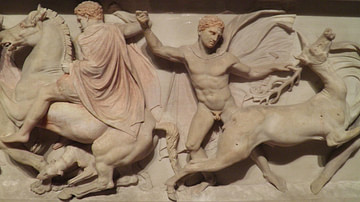
Definition
Hephaestion
Hephaestion was a member of Alexander the Great's personal bodyguard and the Macedonian king's closest and lifelong friend and advisor. So much so, Hephaestion's death would bring the young king to tears. From 334 to 323 BCE Alexander the...
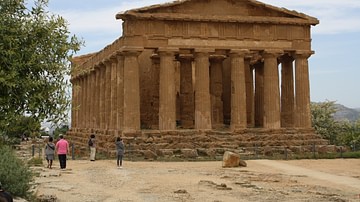
Definition
Agrigento
Agrigento (Greek: Akragas, Latin: Agrigentum) was a Greek-founded city-state located on the south coast of Sicily near the river Akragas (now S. Biagio) just 5 km from the sea. At its peak, the city may have had as many as 300,000 inhabitants...
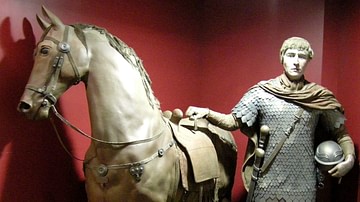
Definition
Roman Cavalry
Cavalry, although never replacing infantry as the mainstay of the Roman army, could provide useful cover on the flanks of armies, could be used as a shock tactic to cause disruption to enemy infantry formations, and could pursue an enemy...
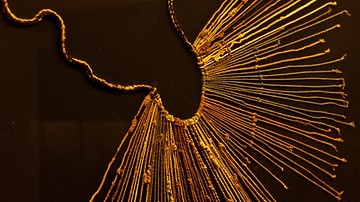
Definition
Quipu - The Inca String Record-Keeping Device
A quipu (khipu) was a method used by the Incas and other ancient Andean cultures to keep records and communicate information using string and knots. In the absence of an alphabetic writing system, this simple and highly portable device achieved...

Definition
Jupiter
Among the many gods of the Romans, Jupiter, the son of Saturn, was the supreme god, associated with thunder, lightning, and storms. The first citizens of what would become Rome believed they were watched over by the spirits of their ancestors...

Definition
Indo-European Languages
The Indo-European languages are a family of related languages that today are widely spoken in the Americas, Europe, and also Western and Southern Asia. Just as languages such as Spanish, French, Portuguese and Italian are all descended from...

Definition
Wanka Civilization
The Wanka (also Wanca or Huanca) people occupied the highlands of ancient central Peru around Lake Junin and the Manataro, Chanchamayo and Tarma rivers. The culture flourished from the Middle to Late Horizon periods (600 CE - 1532 CE). Dwelling...

Definition
Selinus
Selinus (or Selinous, modern: Selinunte), located on the south-west coast of Sicily, was founded in the mid-7th century BCE by Greek colonists from Megara Hyblaea on the eastern side of the island. Selinus was the most western Greek colony...
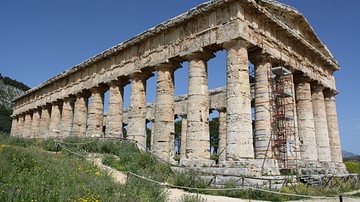
Definition
Segesta
Segesta (or Egesta), located in the north-west corner of Sicily, was an important trading town from the 7th century BCE onwards. Situated on the strategically advantageous slopes of Mt. Barbaro, yet still close enough to the coast to support...
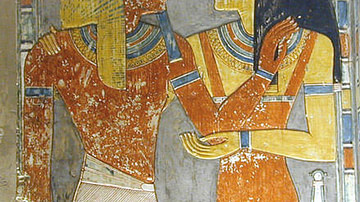
Definition
Horemheb
Horemheb (reigned 1320-1292 BCE) was the last pharaoh of the 18th dynasty of Egypt. He is also known as Dejserkheprure and Horemhab. His name means, “Horus is in Festival” and he came from the lower classes of Egypt, worked himself up through...